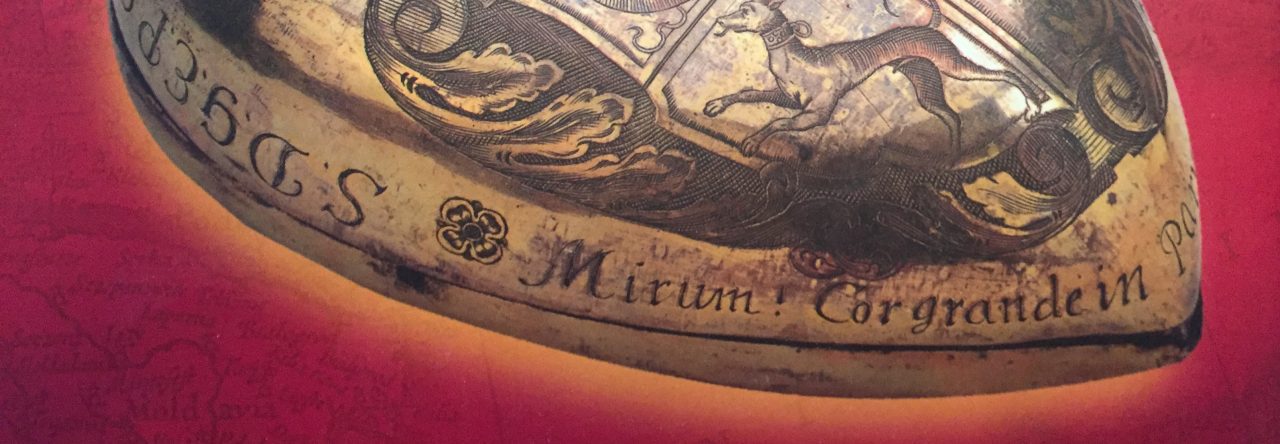There are no reports of heart burial in the early royal graves in churches of central Europe until the 8th century. On the other hand, it is said that the head of the king of Burgundy Chlodomer (†523) was buried in Orleans and that of the Anglo-Saxon Edwin (†633) in the York Minster.
First literary references to a separate burial of the heart are a mixture of legend and reality: It is said that Charlemagne had the hearts removed of his three fallen paladins, Roland, Oliver and Turpin, who died during the retreat from Spain.

Roland’s heart was brought to his bride Hilda in a convent by the river Rhine. In 877 the entrails of Charles the Bald were removed and buried at an unidentified place; his body was taken to St. Denis’ cathedral near Paris. Over a hundred years later, the entrails and heart of St. Wolfgang were said to be buried in Pupping, Austria. The same is reported of the Salian emperors Otto I and III.

In the graveyard of the Ganagobie monastery in Haute Provence there was found the skeleton of a knight killed in action in the 11th century. The sternum had been split open, which gives reason to believe that his heart had been removed after death and buried separately.
The first historically proven heart grave was that of the Salian emperor Henry III (†1056), which still exists.

Henry, who was a great worshipper of relics, had decreed in his will that his heart and all other organs of the chest (“cor suum cum precordiis”) should be buried next to his deceased daughter Mathilde in the chancel of the collegiate church of Simon and Juda in Goslar, his chosen “clarissimum regis domicilium”.
This not only expressed a father’s love but was also aimed at conferring imperial significance upon the Saxon Goslar, for his heart had always been there (“quia corde semper fuerit in Goslar”). The collegiate church was pulled down in the 19th century and the emperor’s grave forced open. The centre was hollow and worked in brick, and contained a decaying box in which an amorphous substance was found – the remains of the emperor’s heart. This was placed in an octagonal–shaped vessel and laid in the sarcophagus of the emperor, which today is situated in the emperor’s palace in Goslar.
Before him, the bowels and heart of the emperor Henry II (†1024) were possibly (or even probably) buried at an unknown place. It is certain, however, that those of the first Salian emperor Conrad II (†1039), father of Henry III, were interred at the Dom church of Utrecht, the place of his death.
back / next

Leave a Reply